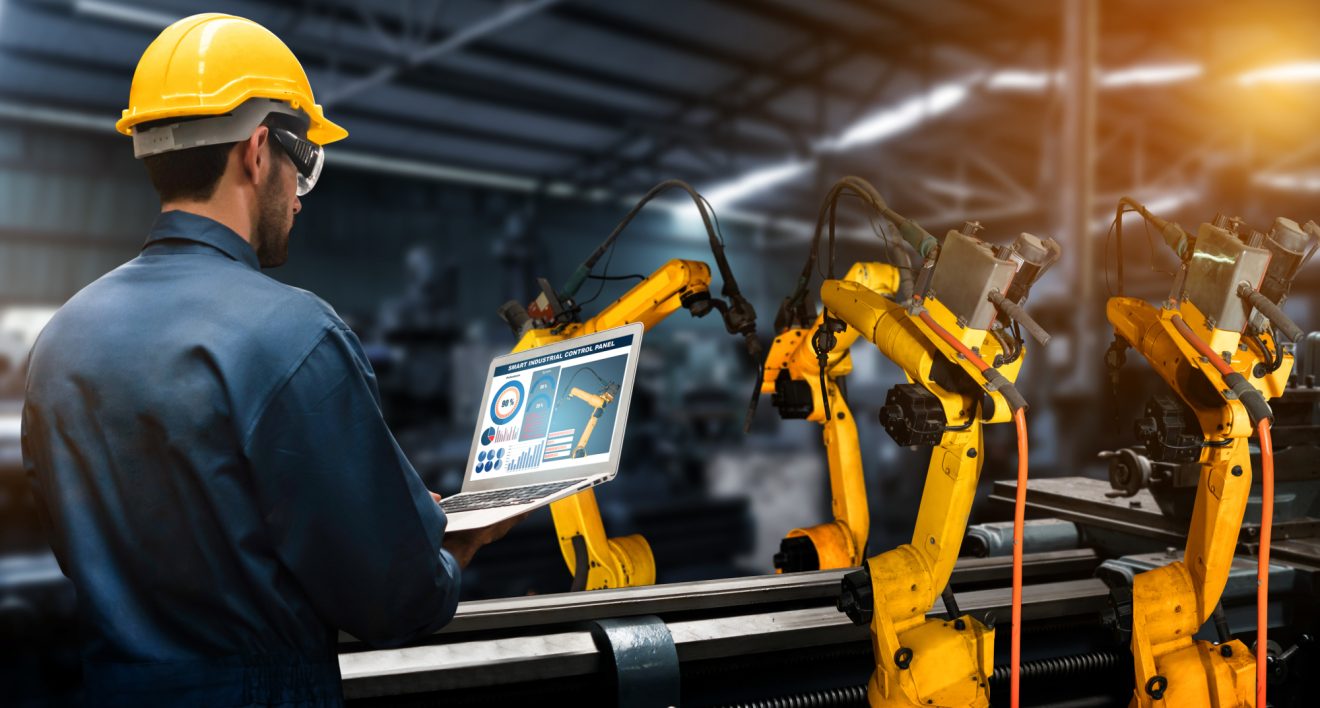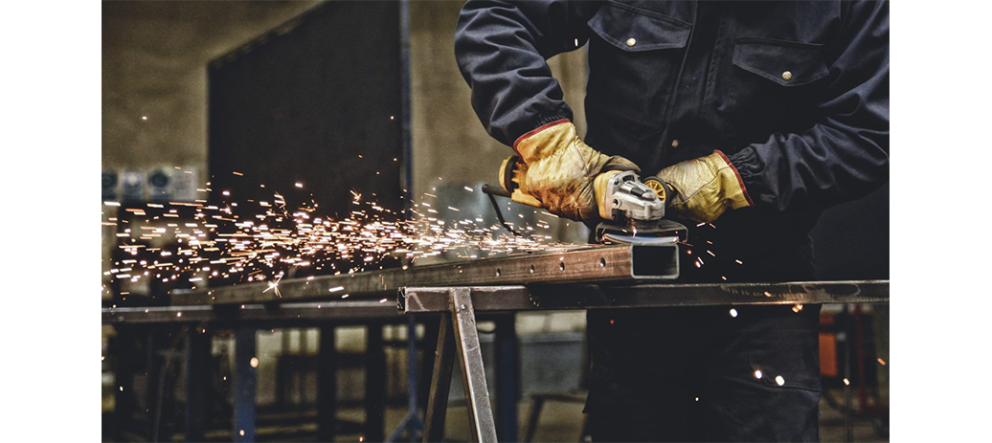
Manufacturers, it’s crunch time. Between labor shortages, supply chain chaos, and the relentless pressure to modernize, it’s no wonder the industry feels like it’s in survival mode. But here’s the thing: with the right tools and strategies, challenges can turn into opportunities.
We dug into The State of Manufacturing 2025 report and found some surprising insights about where the industry is headed. Spoiler alert: technology isn’t just helpful—it’s necessary.
Let’s break it down.
Download the State of Manufacturing 2025 report here.
Labor Shortages Are Real—and They’re Costly
Let’s start with the elephant on the factory floor: people. Workers are aging out, turnover is skyrocketing, and the knowledge gap? It’s deeper than most realize.
In the next decade, 1.9 million manufacturing jobs are expected to remain unfilled, according to Deloitte. And it’s not just a hiring problem; it’s a knowledge transfer problem. Experienced workers with decades of expertise are walking out the door, leaving teams scrambling to keep production on track.
Our research found that 89% of manufacturers report labor shortages hurting efficiency. That’s not just a headache; it’s a full-blown crisis. Teams are understaffed, stretched thin, and struggling to meet deadlines. Meanwhile, the cost of hiring and training new employees keeps rising, eating into already tight margins.
The Solution? Technology and Upskilling
Automation tools are stepping in to fill the gaps, helping manufacturers streamline workflows and make the most of their existing teams. Upskilling programs are another game-changer. By training current employees on new systems and processes, manufacturers can close the skills gap and improve retention.
But here’s the catch: not enough companies are taking advantage of these solutions. Only 39% of manufacturers are currently using automation to address labor shortages, even though nearly half say they’re planning to in the future.
The question is, why wait?
Tech to the Rescue
Manufacturers are under pressure to do more with less—faster. And let’s face it, the old ways of doing things just don’t cut it anymore. Whether it’s real-time analytics for production efficiency or IoT sensors that keep tabs on machines, tech shifts from nice-to-have to downright essential for staying ahead.
Here’s where it can make the biggest impact:
1. Production Efficiency
Efficiency is the backbone of any successful manufacturing operation. But if you don’t have the right tools to analyze your processes, it’s like trying to drive blindfolded.
That’s where tools like IoT sensors and real-time analytics come in. They give you a clear view of what’s happening on your shop floor—bottlenecks, downtime, inefficiencies—you name it.
The best part? These tools can be rolled out with minimal disruption, so you don’t have to stop everything to get started. Imagine spotting where things slow down and fixing it before it snowballs. That’s the kind of boost production efficiency tools can give you.
2. Quality Management
Let’s be honest: no one remembers how fast you produced something if the quality isn’t there. Poor quality can lead to recalls, defects, and a hit to your reputation that’s hard to recover from.
Automated quality control systems are a game-changer here. They ensure consistency across production lines and help identify potential issues before they escalate.
But it’s not just about the machines. Training your workforce on quality standards and accountability plays a massive role in improving outcomes. When employees are equipped with the right skills and knowledge, they become your first line of defense against quality slip-ups.
3. Machine Maintenance
In manufacturing, downtime is the enemy. Manufacturers are losing upwards of 25 hours a weekdue to downtime. When machines break down, production grinds to a halt—and the costs add up fast.
Predictive maintenance technology is like an early warning system for your equipment. It monitors the health of your machines in real-time and alerts you to potential issues before they become full-blown problems.
By staying ahead of maintenance needs, manufacturers can reduce downtime, extend the lifespan of their equipment, and keep operations running smoothly.
4. Safety
Manufacturing is one of the most injury-prone industries out there. And when safety isn’t a priority, the risks can be devastating—not just for workers but for the business as a whole.
Tech solutions can help streamline safety protocols, track incidents, and ensure compliance with regulatory standards. But the benefits don’t stop there—they also play a crucial role in improving worker well-being.
Wearables that monitor health metrics or automated systems that identify hazards not only prevent accidents but also create a sense of security for workers. When employees know their safety is a priority, it reduces stress, boosts morale, and fosters a culture of trust. A safer workplace means happier, healthier, and more engaged employees, which benefits everyone in the long run.
But Is Change Easy? (Hint: Not Always)
Implementing new tech isn’t always smooth sailing. You have costs to consider, learning curves to overcome, and workflows to adapt to. Change can be messy, but it’s necessary.
That’s where change management comes in. It’s not just about rolling out new tools; it’s about getting your team on board and making the transition as seamless as possible.
Here’s what successful change management looks like:
- Leadership Buy-In: When leaders champion change, it sets the tone for the entire organization.
- Clear Goals: Metrics and milestones help teams understand what success looks like.
- Phased Rollouts: Implementing new tools in stages minimizes disruptions and ensures a smoother transition.
And the payoff? Huge savings, happier employees, and a stronger competitive edge.
Take JBT, for example. They slashed two months’ worth of production time and saved $140,000 annually using Quickbase’s automation tools. That’s the kind of transformation we’re talking about.
What’s Next?
2025 is the make-or-break moment for manufacturers. Labor shortages, rising costs, growing pressures on operations—these aren’t just challenges; they’re wake-up calls.
So, what’s your move?
- Upskill Your Team: Turn your workforce into your biggest advantage.
- Automate Smartly: Stop wasting time on manual tasks and start running lean. 49% of manufacturersare already planning to enhance their use of automation and technology to address labor shortages, making it a key part of their strategy.
- Make Data Work for You: Spot problems before they happen and keep everything humming.
Here’s the deal: you don’t need to overhaul your entire operation. You just need the right tools to keep up, fix what’s broken, and stay ahead of the game. Platforms like Quickbase can help you ditch inefficiencies, connect your workflows, and solve problems faster than ever.
The future is here! Are you ready to lead the way? Check out our eBook, The State of Manufacturing 2025 for more in-depth insights and actionable strategies.




